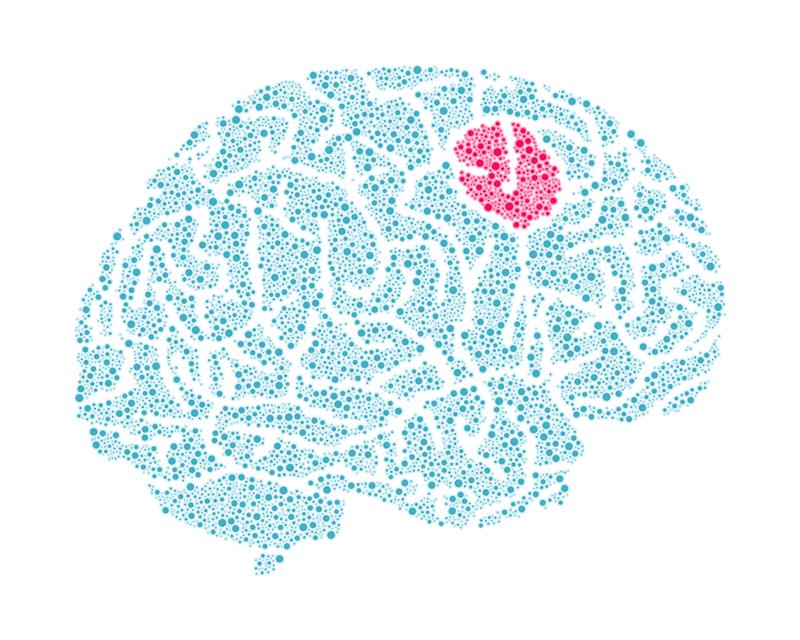The survival rates for glioblastoma are just 25% at one year and plummet to 5% by the five-year mark because of the cancer’s reoccurrence. One of the obstacles of treating glioblastoma is that surgeons can’t always remove every bit of tumor or glioma stem cells that are left in the brain. Now, researchers from the University of Wisconsin-Madison report they have developed a postoperative treatment in mice that may improve survival rates for patients with glioblastoma.
The findings are published in the journal Science Translational Medicine in a paper titled, “Intracavity generation of glioma stem cell–specific CAR macrophages primes locoregional immunity for postoperative glioblastoma therapy.”
“Glioblastoma multiforme (GBM) remains incurable despite aggressive implementation of multimodal treatments after surgical debulking,” wrote the researchers. “Almost all patients with GBM relapse within a narrow margin around the initial resected lesion due to postsurgery residual glioma stem cells (GSCs). Tracking and eradicating postsurgery residual GSCs is critical for preventing postoperative relapse of this devastating disease, yet effective strategies remain elusive. Here, we report a cavity-injectable nanoporter-hydrogel superstructure that creates GSC-specific chimeric antigen receptor (CAR) macrophages/microglia (MΦs) surrounding the cavity to prevent GBM relapse.”
“One characteristic of glioblastoma is that the tumor cells are very aggressive, and they will infiltrate the surrounding tissues. So the surgeon can’t clearly feel the boundaries between the tumor and the normal tissue, and you cannot remove as much as possible because all the tissues in the brain are extremely important—you certainly don’t want to remove too much,” explained Quanyin Hu, an assistant professor in the University of Wisconsin–Madison School of Pharmacy’s Pharmaceutical Sciences Division. “So the tumor will come back again, and that sharply decreases the survival rate after treatment.”
Hu’s Cell-Inspired Personalized Therapeutic (CIPT) Lab developed an immunity-boosting postoperative treatment that could transform the odds for patients with glioblastoma.
“It provides hope for preventing glioblastoma relapse,” Hu explained. “We prove that it can actually eradicate these glioma stem cells, which can eventually prevent the glioblastoma from coming back. We can significantly improve survival.”
Hu’s lab developed a hydrogel that can be injected into the brain cavity left behind by the excised tumor. The researchers report the hydrogel delivery method fills the brain cavity, slowly releases the medicine into the surrounding tissue, and promotes the cancer-killing immune response.
The hydrogel is packed with nanoparticles designed to enter and reprogram certain types of immune cells called macrophages.
“We want to take advantage of these macrophages and turn them from enemy to ally,” Hu said.
If effective in humans, the hydrogel treatment could eliminate the need for postsurgical chemotherapy or radiation, reducing toxic side effects while also improving patient outcomes. Hu’s next step is testing the hydrogel in larger animal models and also monitoring long-term efficacy and toxicity beyond the four- to six-month period he previously studied.
“We have a lot of work to do before it can be potentially translated into the clinic, but we feel confident that this is a very promising approach for bringing new hope to patients with glioblastoma so they can recover after surgery,” Hu said. “We hope we can do our work to be able to advance this technology to the clinic.”
“Our approach is taking advantage of the macrophages in the postsurgical areas and to locally engineer these macrophages,” he said. “In this scenario, we can confidently say that it will apply to the majority of solid tumors with high invasive characteristics.”




